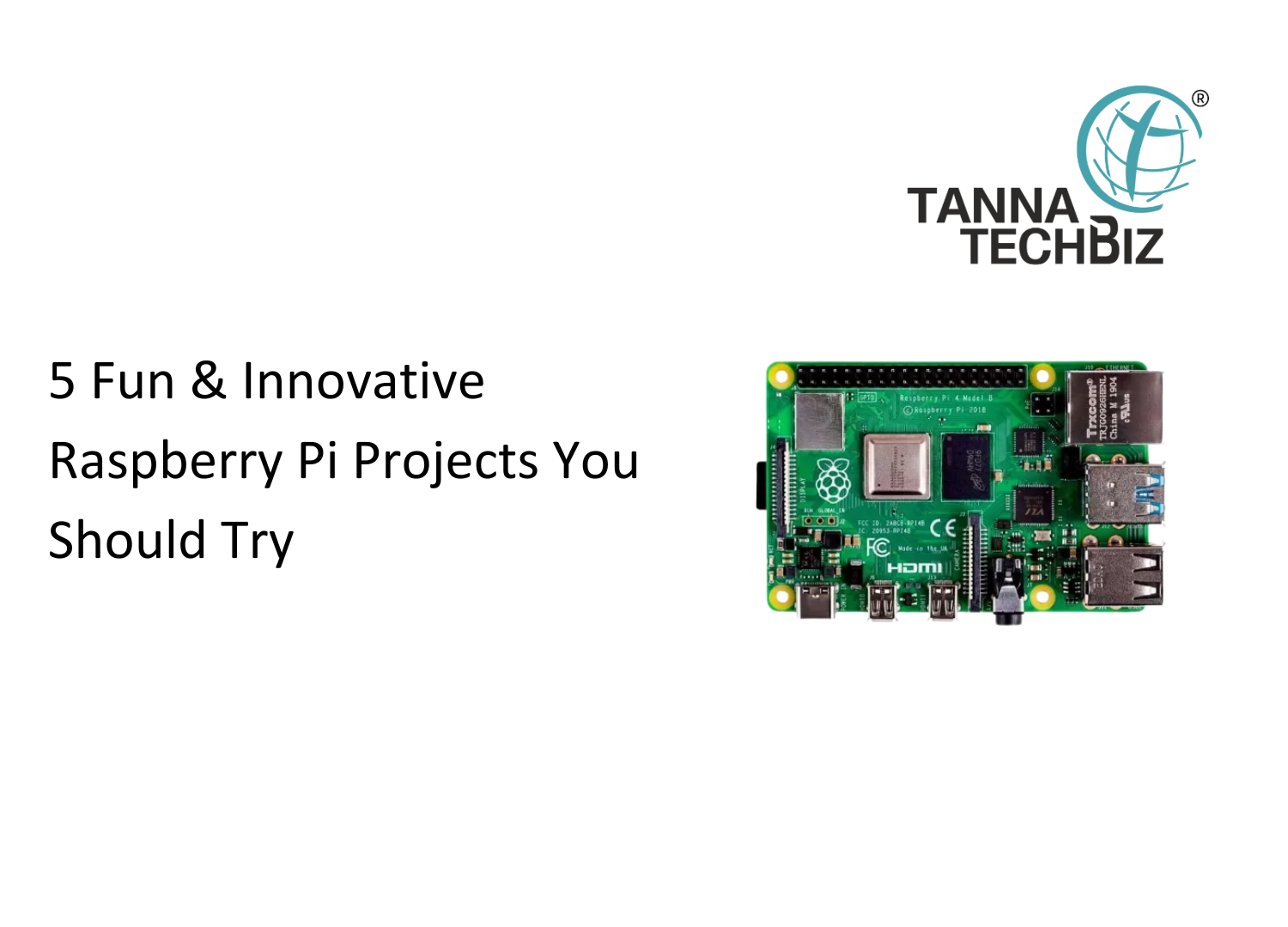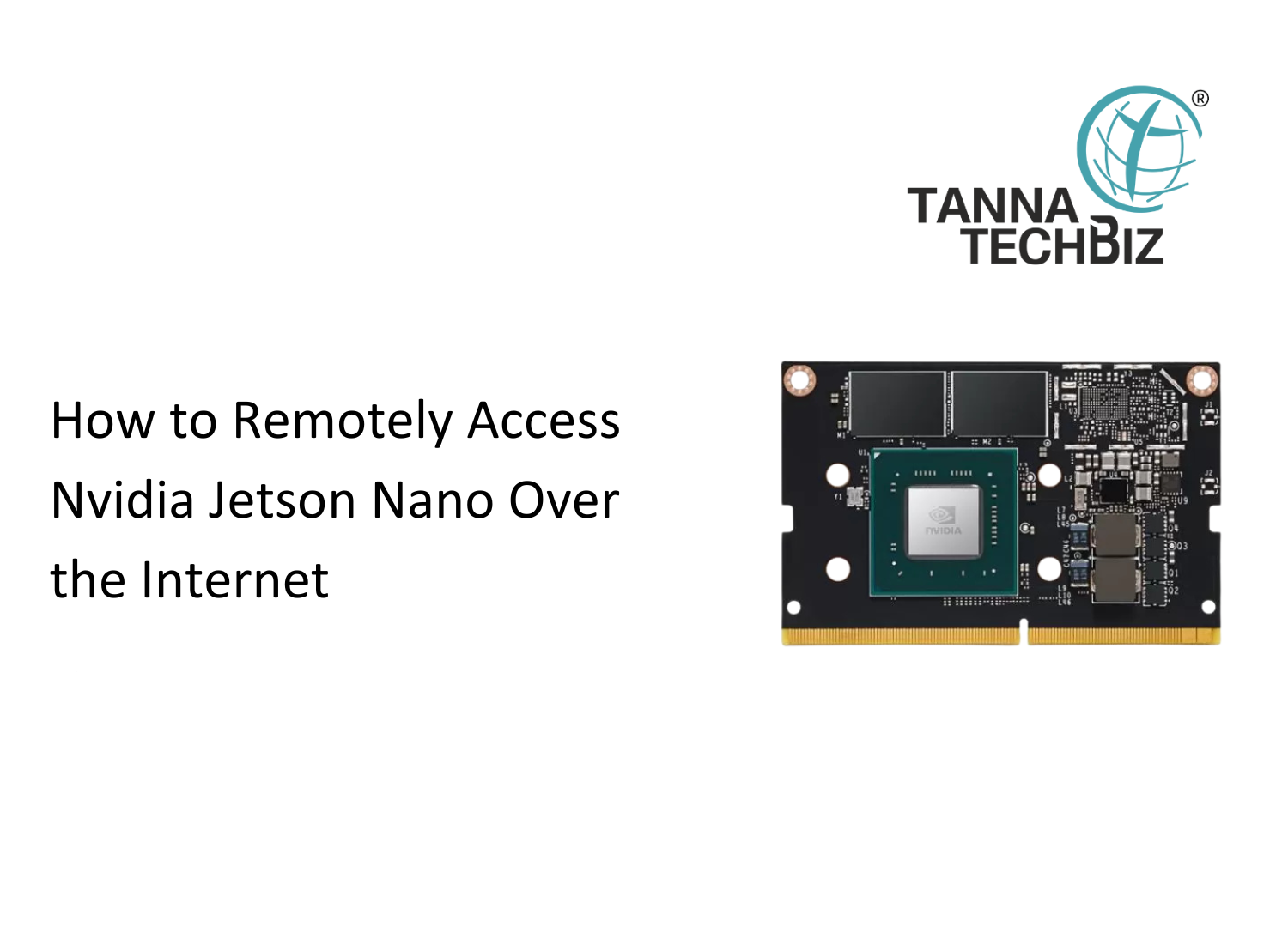Arduino Boards
- 10 JulRead more »
Programming and electronics shouldn’t have to be hard or dull. One of the easiest and most fun ways to start learning them is through the Arduino development board. It's a small circuit board, a mini computer literally, that helps you make lights, motors, sensors, and other things work on your behalf.
What's wonderful about it is that you don’t have to be a genius when it comes to technology to make something really great. The whole point of an Arduino development board is that it makes electronics easy and fun to work with for hobbyists and those who are just starting out.
Understanding the Basics of Arduino Boards
Why Arduino Is Different?
Visualise the Arduino development board to act as your DIY project's brain. It's not as simple as a full-fledged computer but it's perfect for simple tasks. You can have your home automated, make a sim
- 10 MarRead more »
Whether you are new to electronics or into DIY projects, you are likely to have heard of the Raspberry Pi and Arduino. On the surface, they look alike, like two siblings in the tech industry, but there is certainly more than meets the eye. Depending on one's particular project, one can capitalize on the strengths of any of the two. So, it’s easier to understand without sounding overly complex.
What is Arduino All About?
Arduino is a microcontroller board that excels in completing one task perfectly while repeating it. Picture wiring a light bulb so it turns on when dark, reading a temperature sensor, or turning on a small motor. Since there is no operating system, there are no multitasking capabilities, only a single program being executed in loops indefinitely.
It is incredibly light, ultra low power, and simple, to program with the Arduino IDE. It is perfect for starters and hobbyists, who need to automate basic tasks without a complicated setup.
Meet R
- 10 JulRead more »
Arduino is an open-source electronics platform based on easy-to-use hardware and software. Arduino boards are able to read inputs - light on a sensor, a finger on a button, or a Twitter message - and turn it into an output - activating a motor, turning on an LED, publishing something online. You can tell your board what to do by sending a set of instructions to the microcontroller on the board. To do so you use the Arduino programming language (based on Wiring), and the Arduino Software (IDE), based on Processing.
Over the years Arduino has been the brain of thousands of projects, from everyday objects to complex scientific instruments. A worldwide community of makers - students, hobbyists, artists, programmers, and professionals - has gathered around this open-source platform, their contributions have added up to an incredible amount of accessible



